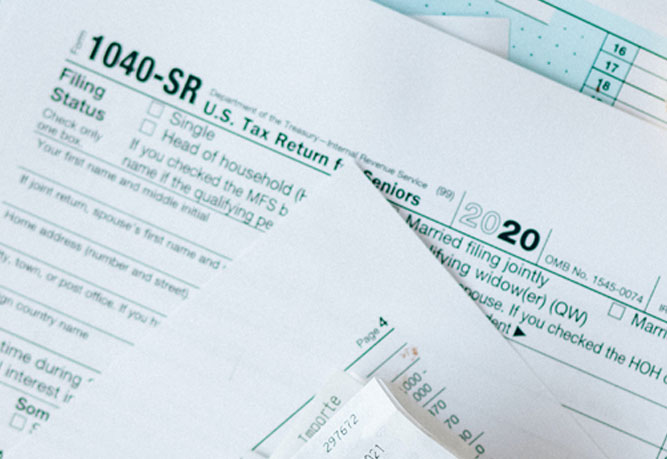Changes to Form I-9 regulations were a hot topic at SHRM 2023 — and for good reason. During the pandemic, employers were able to inspect documents remotely via video, but that option came to an end, effective July 31, 2023. And that’s not all. Employers must have also completed in-person physical evaluation of documents for employees hired during the pandemic by August 30, 2023.
Here’s what you need to know.
Employer Responsibilities
Justine A. Carroll, SPHR, a managing consultant with LandrumHR, in Pensacola, Florida, says that “the importance of implementing a consistent and non-discriminatory processes for verification of eligibility to work in the United States cannot be stressed enough.”. Employers, she says, “are required to inspect original documents as well as complete and sign Section 2 of Form I-9, Employment Eligibility Verification, within three business days of the date of hire of their employee.” For compliance purposes, the “date of hire” is considered to be the first day that an employee will be compensated for the work they have completed.
But even though the pandemic is now behind us, employers are continuing to hire remote employees in many cases. What does that mean for their I-9 verification processes? That’s a good question and one employers are grappling with. And, SHRM reports: “Employers are experiencing frustration and disbelief.”
The frustrations and added administrative burdens don’t just apply to remote workers, either. Companies with employees working in multiple locations or on-site—agricultural laborers, construction workers, etc.—will also be challenged to get documents verified in a timely and appropriate manner.
Employers do have an option available to them to verify documents for remote employees: third-party reviewers.
Third-Party Reviewers
Hiring third-party reviewers to verify I-9 documents is a viable option for most employers, but doesn’t come without its own worries and risks.
For one, employers must ensure that the reviewers they use are authorized to serve as I-9 representatives. Requirements vary in different jurisdictions. In California, for instance, notaries must be bonded immigration consultants.
In addition, even when using a third-party reviewer, employers remain liable for any errors that may arise—accepting an invalid document, for instance. And, of course, reviewing these documents potentially exposes employees’ personally identifiable information.
These risks go beyond mere inconvenience. As SHRM reports: “In one case, a company was fined $95 million partly because the government alleged I-9 administrators were not properly trained.”
Avoiding Risks and Penalties
The maximum fine for I-9 violations is $2701 — per incident — Carroll notes and, she adds, there are also violations for “knowingly hiring, recruiting, referring, or retaining unauthorized persons.” Those fines per personare:
- $676 to $5,404 for a first offense.
- $5,404 to $13,508 for a second offense.
- $8,106 to $27,108 for a third offense.
Fines can be based on incomplete employee information, missed signatures, incorrect dates, and documents not presented for review. Audits, Carroll says, can go back several years.
There are important steps companies can take to minimize and avoid these risks.
Important Best Practices
C.L. Mike Schmidt, an attorney with Schmidt and Clark, LLP, in Washington, D.C., advises HR leaders to ensure that they are informed about the updated regulations. “It is crucial to review the revised guidelines provided by the U.S. Citizenship and Immigration Services and keep track of any changes or amendments,” he says. “This will help employers remain up-to-date and avoid potential compliance issues.”
In addition, Schmidt says, “HR leaders should establish clear and consistent procedures for completing Form I-9.” This should include “educating relevant personnel about the proper completion and retention of I-9 forms, as well as training employees responsible for verifying work authorization documents.” Consistency, he says, “is vital to ensure compliance and minimize administrative burdens.”
Schmidt also recommends that companies conduct periodic internal audits of their I-9 forms. “Regularly reviewing and auditing completed forms can help identify any errors or omissions, allowing HR leaders to take corrective action promptly,” he says.
Keara Nicholson, Community Experience Coordinator at i4cp, a human capital research firm in Seattle, recently held a private virtual meeting with HR leaders from large, primarily US-based organizations and shared some additional recommendations gleaned from the conversations.
- Consider using a local notary service. Using local notary services, Nicholson says, “can be a quick and convenient solution for employees needing document notarization.”
- Simplify the I-9 process. Companies have revamped their I-9 processes by implementing electronic systems, reducing errors, and streamlining the process.
- Provide training and education. Investing in training can help teams stay up to date on regulations and avoid potential penalties.
- Be prepared to navigate immigration audits. One company, Nicholson shares, “emphasized the importance of maintaining accurate records, conducting regular internal audits, and promptly addressing any discrepancies to ensure compliance.”
- Collaborate with legal counsel: The group discussed their positive experience collaborating with legal counsel to navigate complex I-9 regulations. They highlighted the importance of having a strong partnership with legal experts who can provide guidance and support during compliance challenges.
Schmidt also points to electronic systems as a best practice for both accuracy and efficiency. “These systems often have built-in error-checking mechanisms, offer secure document storage, and provide easy access for audits and inspections,” he says. “Implementing an electronic I-9 system can significantly reduce administrative burdens while ensuring compliance with the updated regulations.”
For employers, the burdens are real—and so are the risks.
“HR leaders should stay proactive and adapt their I-9 processes as regulations continue to evolve,” Schmidt advises. “Regularly monitoring updates and changes to Form I-9 requirements is essential to avoid falling out of compliance. Being proactive allows HR leaders to stay ahead of any potential issues and make necessary adjustments to their processes efficiently.”



